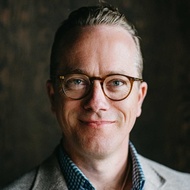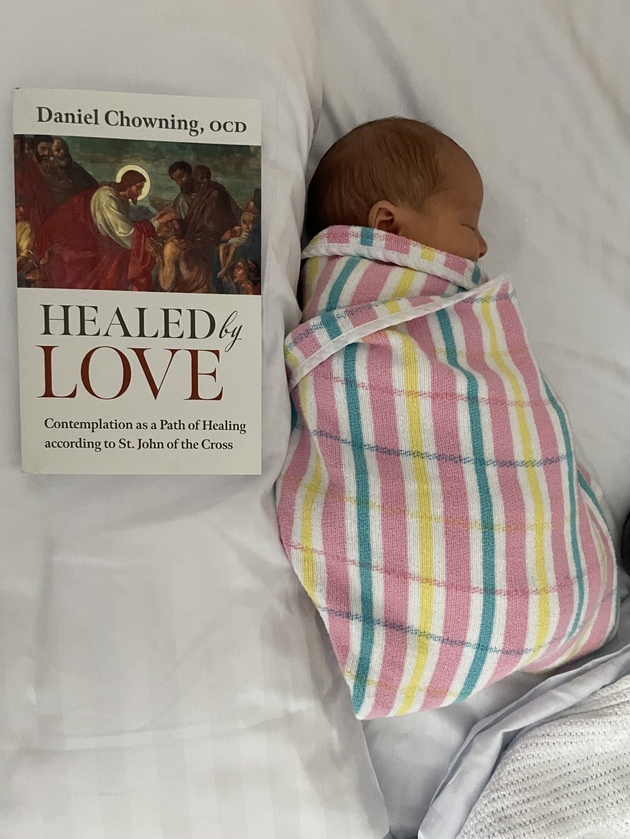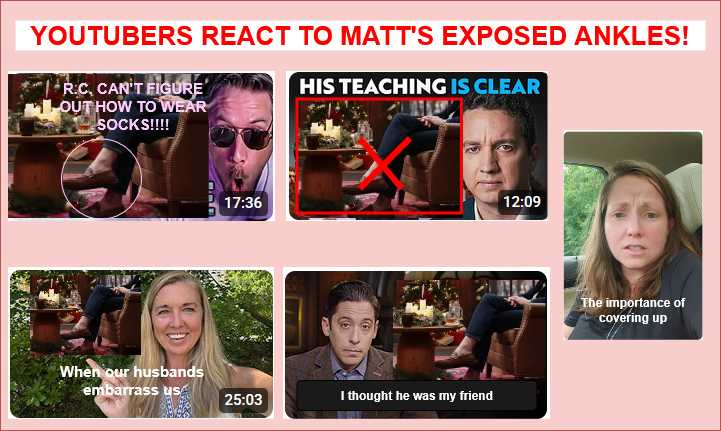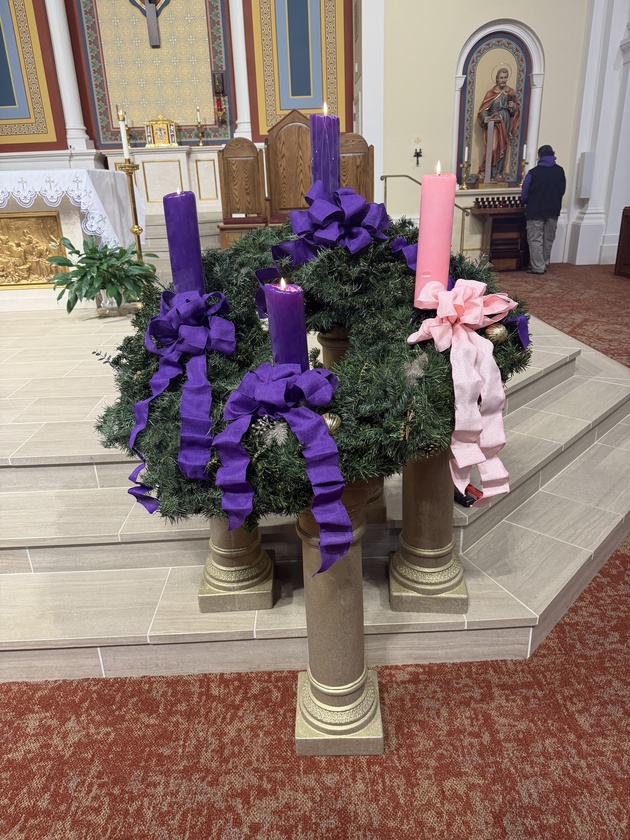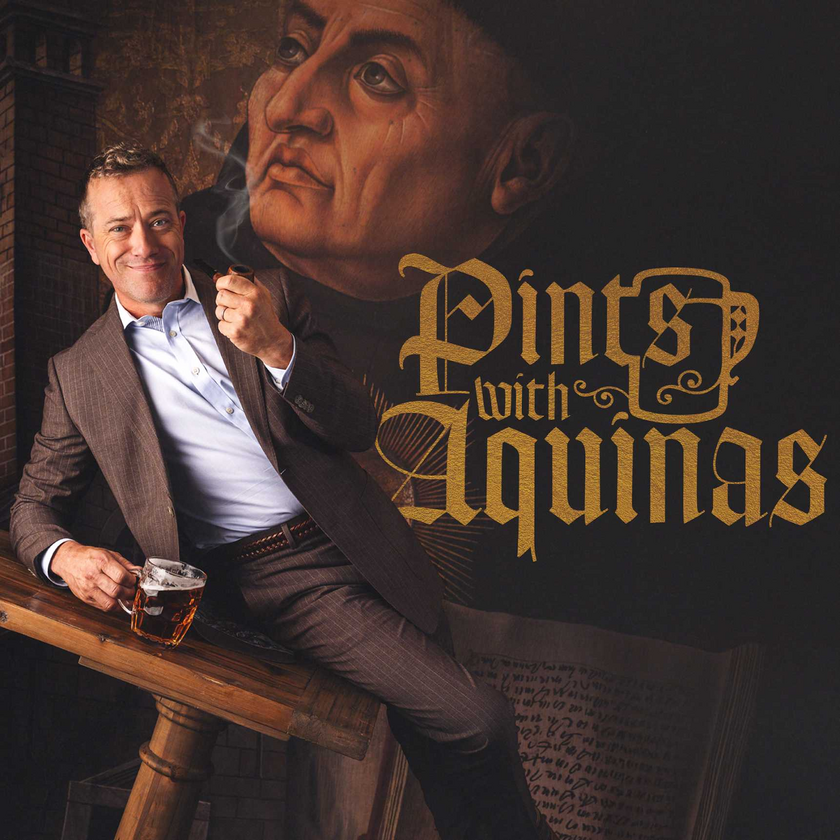Pop-Cultured Catholic #28: Aztecs' Sacrifice and Human Greed vs. Our Lady of Guadalupe and… Algonquins' Wendigo Tales?
Where I live, we are now past the middle of winter and had our coldest week yet this season. For such an occasion, I am doing another horror folklore-themed post, similar to the one last October when I contrasted the vampire archetype with Jesus’ Eucharist and Resurrection. But to begin this, I will first recall the history of the Aztec Empire’s collapse…
One of the most infamous atrocities to befall the Americas, without European involvement, is the human sacrifices conducted by the Aztecs in Mexico. Many have heard about how, despite all their societal advancements, the Aztec Empire (known more formally as the "Ēxcān Tlahtōlōyān" or "Triple Alliance" ) had the fatal flaw of worshipping gods who were quite literally bloodthirsty. Such examples included the earth goddess Tlaltecuhtli, the sun god Tonatiuh, and the rain god Tlaloc. Without human sacrifices to sustain them, certain gods in the Aztec pantheon would be unable to continue making the crops grow, supplying sunlight, supplying rain, and so on. In the century leading up to Hernán Cortés' arrival, there was a particularly devastating drought which led to a greater number of mass sacrifices. According to a live science article, "The skeletal remains of at least 42 children, ages 2 to 7, were discovered at Templo Mayor, the most significant temple complex in Tenochtitlán, now Mexico City, in 1980 and 1981", as one example dating back to that period. The Aztecs' rate of sacrifices were reportedly high enough to even earn the loathing of other neighboring civilizations, who themselves occasionally practiced human sacrifice. Wars would be waged with other tribes and kingdoms in order to supplement the sacrifices with captives or tributes. In one final detail that will be thematically important for my post, it is reported that these human sacrifices would sometimes be accompanied by ritual cannibalism too.
In contrast to these Aztec mindsets, Native American tribes of the Algonquin regions far north of Mexico passed down cautionary tales of a folkloric monster, which embodies similar evils… the wendigo. The Algonquin-speaking tribes lived around geographical locations like Canada, the Great Lakes, Saint Lawrence River, and the northern areas of the Eastern Coast. Many of these are notorious for their very harsh winters. Famine and hypothermia would be very real threats for an unprepared tribe… along with the temptation to commit evil acts in the name of survival. But there was another warning communicated through their folk tales. In the Algonquin legends, if a man facing these winters tried to survive by resorting to murder, selfishness, greed, and other sins, he could become possessed and transformed by an evil spirit. A shared element across many versions of these tales is how a human’s transformation is not complete, without him at one point succumbing to cannibalism. From my understanding, the word “wendigo” can refer to the demon itself or the transformed man, who becomes a Gollum-like, emaciated, and frostbit husk that insatiably feeds on other men. There is even an apparent form of psychiatric disorder named “Wendigo Psychosis”, after the monster.
In a way, I think the fall of the Aztec Empire could be interpreted as a failure to embrace the morals, which Algonquins tribes conveyed through their wendigo stories. It appears that the Aztecs’ customs of human sacrifice and the Algonquins’ tales of the wendigos reflect polar opposite mindsets. In the Aztecs’ point of view, even the gods were not above the need for survival and sustenance, which made them justify the murder of people for sacrifice, sometimes even considering such a fate to be pious and honorable. In contrast, the Algonquins who saw brutally harsh weather come and go every year have seemingly embraced an attitude that murdering one’s kin is never justified as a means to an end, not even as a perceived way to ensure survival. For even if one is to die, evil acts like that corrupt a person’s very soul and can lead to a fate worse than death. In not following that mindset, one could almost say that the Aztec civilization became an embodiment of the wendigo on societal scale. So in the eyes of the Aztecs’ neighboring tribes and kingdoms, the empire became a demonic bloodthirsty monster that must be vanquished. They wanted it overthrown so much that they willingly joined forces with the Spanish conquistadors to make that happen.
While the Spaniards and Aztecs’ neighbors superficially shattered the Aztec Empire’s evils by force, some of those perpetuated evils were not fully cleansed and healed, until the Virgin Mary’s appearance to Juan Diego as Our Lady of Guadalupe. The apparitions of Mary in Mexico needs virtually no introduction. The reported miracle of Mary’s image appearing on Juan Diego’s tilma, its intricate symbolism, the long time it has survived, and people’s alleged difficulty finding a natural way someone could have replicated the image are all very famous among Catholics. Juan Diego, the first Native American to be canonized as a saint, was entrusted in part to relay Mary’s message and have a church be built on the hill once occupied by one of the Aztec temples. Mary's message included that she would offer to take the people of Mexico under her wing as their new holy mother and that her son Jesus Christ shall be the one and only human sacrifice. These alleged apparitions in 1531 are credited with the conversion of millions of Mexicans to Catholicism within a relatively short period of time.
In keeping with Mary’s role of bringing people to Jesus, it seems only fitting that an Algonquin monster which parallels the evils she helped cleanse in Mexico can also be interpreted as an antithesis to Christ’s Holy Eucharist… just like the European vampire. In my very first post for the month of October, I contrasted the parallel imagery between the Holy Eucharist and the Resurrection with that of the Western vampire archetype. It is often interpreted that vampires resonate as a symbol of the unholy, due to how they are an inversion of the Christ figure. Jesus rose from the dead with a glorified body, more alive and radiant than before. And he gives life by infinitely offering his ever-living transubstantiated flesh and blood to consume. Meanwhile, the vampire rises from the dead as this undead husk, whose existence shuns the light like a soul living in a state of damnation. And it must infinitely take blood from humans to sustain what little emulation of life it has. While sharing that post, I compared the initial shocked reactions of Christ’s listeners to his Eucharistic command with the common cultural taboos of cannibalism, citing the Arabian ghouls and Native American wendigos as flesh-eating equivalents to the blood-drinking vampires. This clash of imagery seems to come full circle here too, with how the Aztecs’ methods of worshiping their gods through human sacrifice sometimes involved ritual cannibalism, before that evil was stopped and Mexico’s population would now be consuming the Eucharist.
With many evolving variants of the wendigo folklore, there is another recurring detail which is thought to illustrate the deadly sin of Greed… in a way that Christians could also relate to. In many versions of the folk tales, wendigos also have varying kinds and degrees of supernatural power. Sometimes, wendigos would have the ability to grow in size with every meal, while remaining just as gaunt and emaciated as before. A wendigo that has eaten a lot could grow into a giant, yet still experience the pain of perpetual starvation and a compulsion to consume ever increasing amounts, just to feel the same fleeting relief. A popular interpretation is that Algonquin tribes started to emphasize that symbolism of their wendigo stories more, in the wake of some European settlers unethically seizing the land in the name of Manifest Destiny. Incidentally, I remember apologists like Bishop Robert Barron repeatedly describing Greed as an attempt to fill that God-shaped hole in one’s heart with material goods. When one seeks infinite fulfillment from finite created things, such idolatry could lead to vicious cycle where a person keeps futilely trying to satisfy oneself with increasing amounts of goods and pleasures. It could get to the point where one possesses enough for himself to make many people happy and grateful, yet still feel deprived and “starving”.
Over the decades since the 20th century, wendigos have become a more popular monster in mainstream pop-culture, though the depictions have undergone various changes like a game of Telephone. One of the earliest examples I know of is Algernon Blackwood’s 1910 novella, “The Wendigo”, about a pair of Scottish hunters and their guides who go for a trip into the Canadian wilderness during winter. They are stalked by a paranormal presence, which eventually drives one of their guides, Défago, mad and chases him off into the night. By the time they come upon Défago again, he is delirious and dies from exposure, while their frightened Native American cook believes Défago had seen the wendigo. That novella has influenced and/or been praised by later horror writers including H.P. Lovecraft, with Alvin Schwartz even incorporating an abridged version of “The Wendigo” in his “Scary Stories to Tell in the Dark” anthology books (albeit with some alterations). Though, this novella and its derivatives have drifted away from the Wendigo’s original symbolism of cannibalism and greed, depicting the entity more as a malevolent nature spirit in general. Going further, 2001’s independent film by Larry Fessenden, “Wendigo”, portrays the titular demon partially taking the form of a deer which the protagonist accidentally hit with his car. Arguably that cult film is one of the earliest films to popularize the trope of having wendigos sport antlers, wear a deer skull, or even be a half-man/half-deer monster akin to the were-beast archetype. A prime example of later works following that trend is the 2021 film produced by Guillermo del Toro, “Antlers”, loosely based on a short story by Nick Antosca called “The Quiet Boy”. Though, the same Larry Fessenden would go on to help write the 2015 video game, “Until Dawn”, which portrays its wendigos in a manner much more faithful to the original folklore.
To supplement this, here is the specific article I quoted, along with some educational videos on Our Lady of Guadalupe and clips from the pop-culture works portraying wendigos...
1.) Live Science's Archaeology Article
https://www.livescience.com/archaeology/mass-child-sacrifices-in-15th-century-mexico-were-a-desperate-attempt-to-appease-rain-god-and-end-devastating-drought
2.) Father Mike Schmitz's Analysis Titled "What People Forget About Our Lady of Guadalupe":
https://www.youtube.com/watch?v=8_UFq1AFoBM
3.) Jon Solo's "The VERY Messed Up Origins™ of the Wendigo: Cannibal Demon | Native American Folklore Explained":
https://www.youtube.com/watch?v=axRkTEy4sGo
4.) Fan-Made Dramatic Reading of "Scary Stories to Tell in the Dark - Chapter 05 - The Wendigo":
https://www.youtube.com/watch?v=-EtQvj2fTKs
5.) Clip of the Wendigos in the "Until Dawn" Video Game:
https://www.youtube.com/watch?v=9wZL8JSUba4

